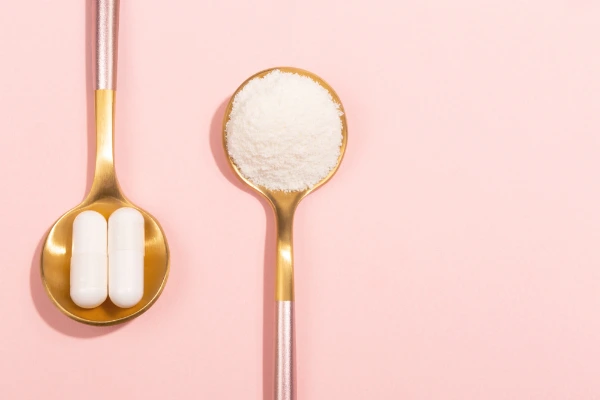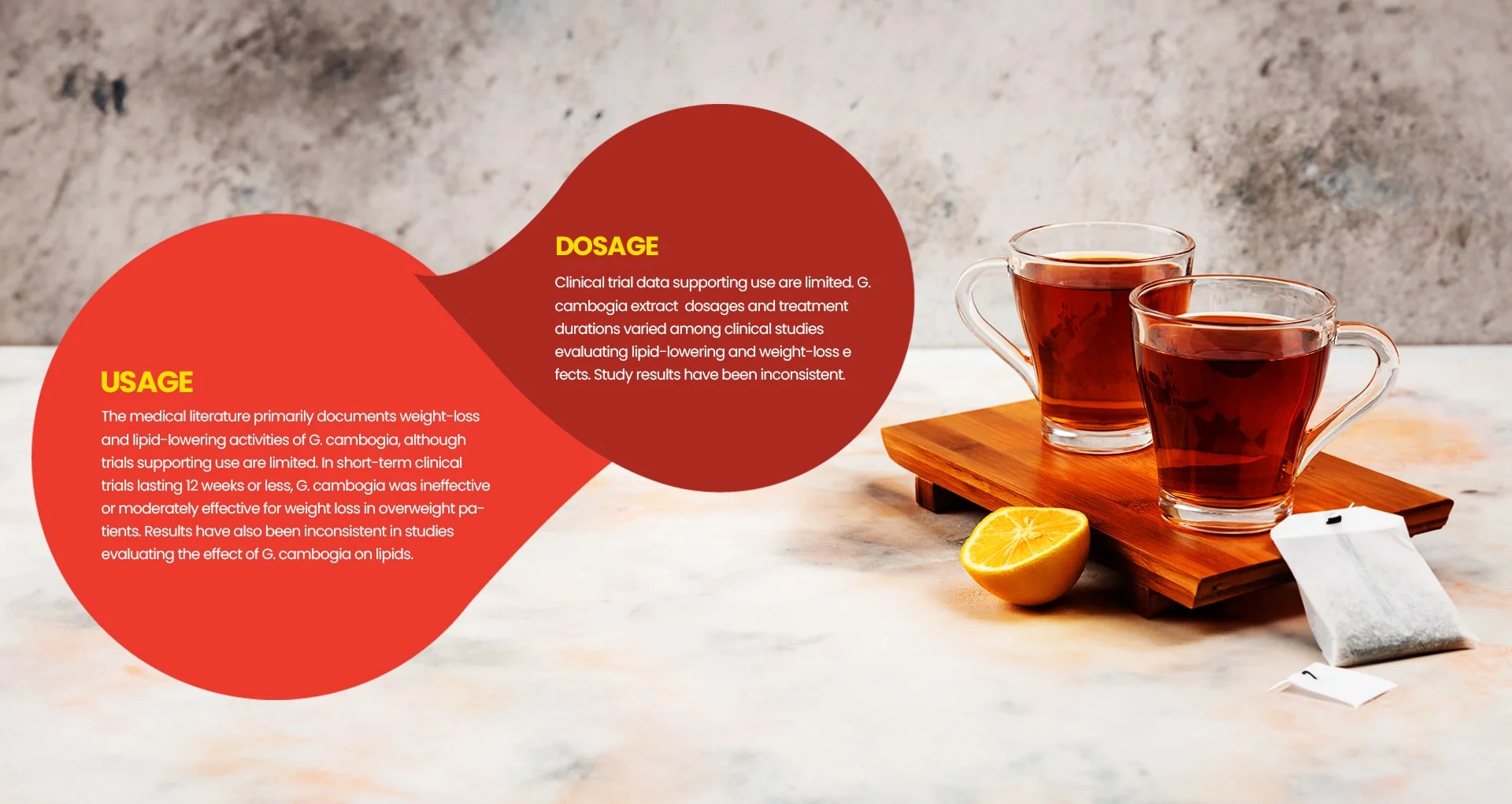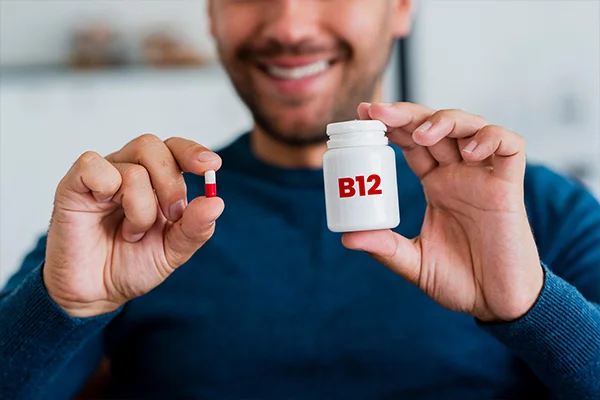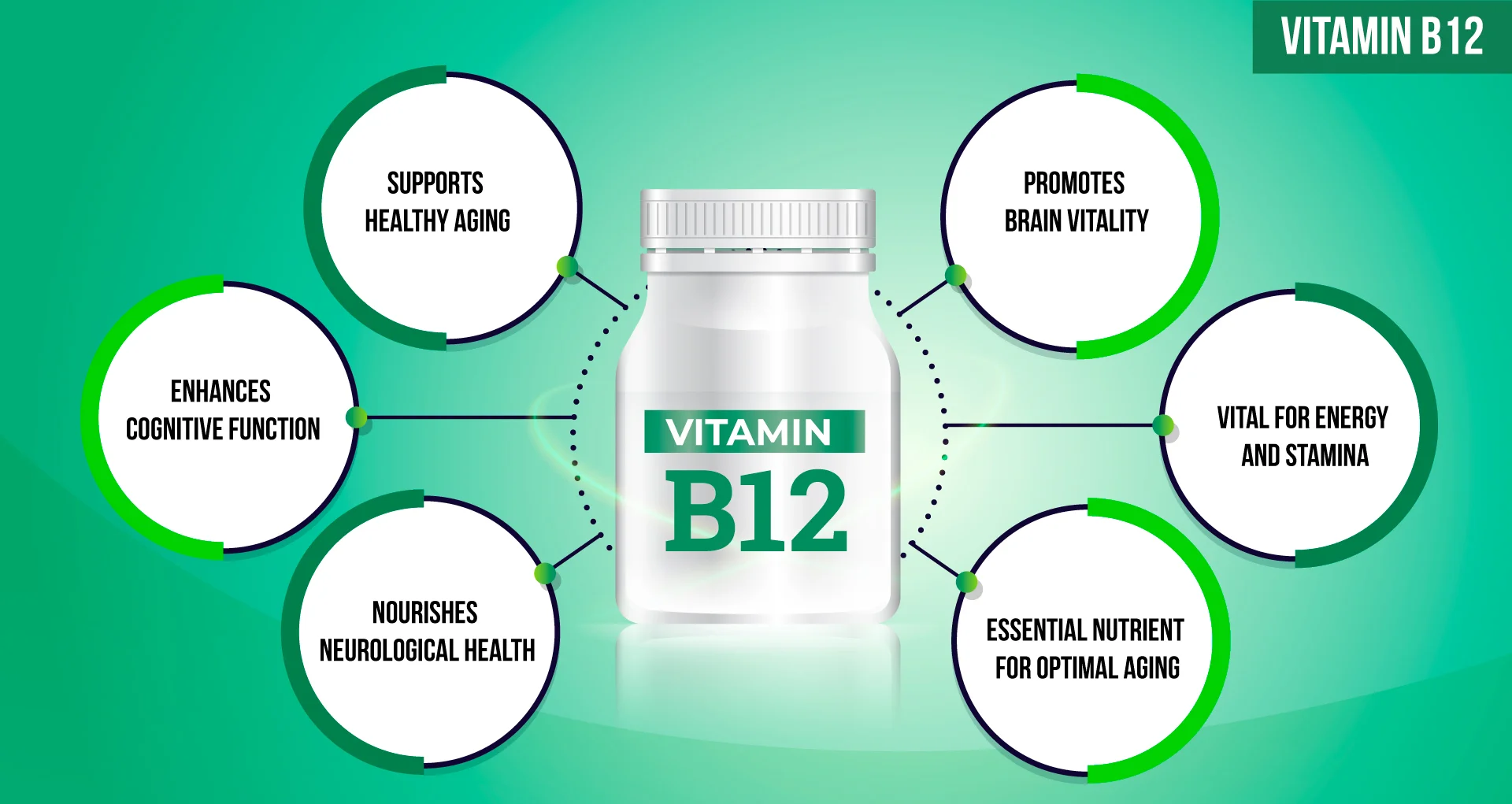Unveiling the Benefits of Type 1 Collagen
Did you know that type 1 collagen is the most abundant protein in your body and plays a crucial role in maintaining your overall health? In this blog post, we’ll explore the benefits of type 1 collagen and how to maintain and improve its levels through diet, supplements, and lifestyle changes. Get ready to unveil the secrets of this essential protein!
Short Summary
- Type 1 collagen is a vital protein found in our bodies that provides structure and strength to skin, tendons, bones & ligaments.
- Eating a balanced diet with plenty of vitamin C & amino acids as well as collagen rich foods can help boost type 1 collagen levels.
- Developing healthy habits like wearing sunscreen, not smoking & eating nutritious food are important for maintaining youthful skin.
Understanding Type 1 Collagen
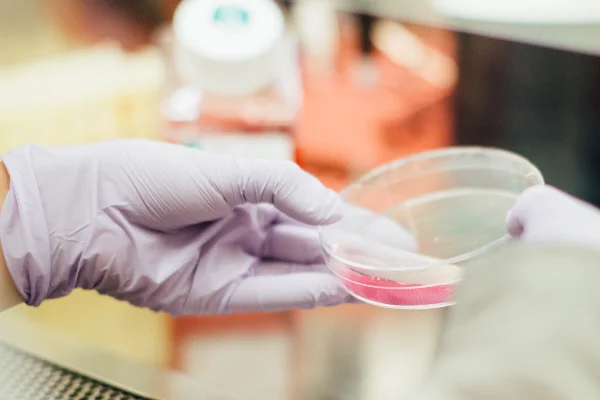
Type 1 collagen, the most abundant protein in our bodies, is a vital component found in skin, tendons, bones, ligaments, and other connective tissues, providing them structure and strength. It comprises three intertwined chains of amino acids, including proline, glycine, and hydroxyproline. As the most common collagen type, it’s essential for the structure and strength of our connective tissues, ensuring their proper functioning.
It is important for maintaining the integrity of our skin, tendons, bones, and ligaments.
The Triple Helix Structure
The triple helix structure of type 1 collagen is characterized by a repeating (Gly-X-Y)(n) pattern and a high content of imino acids. This unique structure provides stability and strength to various connective tissues in the body, forming a strong and rigid structure that can withstand mechanical stress.
Moreover, the triple helix structure helps keep tissues intact and protect them from harm.
Role in Connective Tissues
Type 1 collagen plays an essential role in the proper functioning of connective tissues. It supports the structure of the skin, bones, tendons, and ligaments, combating skin aging and promoting overall health.
In short, type I collagen is indispensable for the integrity and strength of our connective tissue, including collagen fibers in connective tissues.
Sources of Type 1 Collagen

To maintain healthy levels of type 1 collagen, it’s crucial to obtain it from various sources, such as food and supplements. Dietary sources include red meat, fish, bone broth, gelatin, poultry, eggs, dairy, legumes, and soy. These foods provide essential amino acids required for collagen synthesis in the body.
Supplements are also available to help boost collagen levels. Collagen peptides, as well as hydrolyzed collagen, are popular options for those looking to improve their skin, hair, and nails.
Food Sources
Although eating collagen-rich foods might not directly increase collagen levels in the body, they do provide essential amino acids and nutrients that support collagen synthesis. Incorporating a well-balanced diet with food sources rich in type 1 collagen, such as red meat, fish, bone broth, gelatin, poultry, eggs, dairy, legumes, and soy, can contribute to maintaining healthy collagen levels.
These foods are not only beneficial for collagen production, but they also provide other essential vitamins and abundant protein.
Supplements
In addition to food sources, type 1 collagen supplements are available in various forms, such as powders, capsules, and liquids. They are derived from sources like bovine collagen, eggshell membrane, and marine collagen.
Taking type 1 collagen supplements can enhance skin health, support joint health, and offer other benefits through collagen supplementation.
Health Benefits of Type 1 Collagen

Type 1 collagen offers numerous health benefits, including improved skin health, joint health, and other benefits related to hair, nails, and gut health. It helps keep your skin, tendons, blood vessels, organs, and bones in good condition.
Type 1 collagen is crucial for maintaining youthful and healthy skin, reducing the appearance of aging, and improving skin elasticity and hydration.
Skin Health
Type 1 collagen is essential for maintaining the skin’s structure and strength, as well as combatting skin aging. Studies have shown that collagen hydrolysate and low molecular weight collagen peptide groups showed significant improvements in skin elasticity and hydration when compared to placebo groups.
By supporting collagen production, you can help keep your skin looking youthful and healthy.
Joint Health
Type 1 collagen can also support joint health by maintaining the strength and flexibility of cartilage, tendons, and ligaments. It provides structural support and lubrication to these tissues, ensuring their proper functioning and reducing joint pain.
Studies have found that type 1 collagen can induce chondroregeneration and inhibit synovial inflammation in posttraumatic osteoarthritis.
Other Benefits
Other benefits of type 1 collagen include promoting healthy hair and nails by building the foundation for strong, elastic hair and nails. Additionally, it helps form the lining of the digestive tract, supporting gut health and digestion, and reducing inflammation.
Type 1 collagen is also essential for forming the structure of bones, helping to prevent bone loss and boost bone density.
Factors Affecting Collagen Production

Several factors can negatively affect collagen production, including aging, lifestyle habits, and certain diseases or genetic factors. As we age, collagen production decreases, and the existing collagen breaks down at a faster rate, resulting in lower quality collagen.
Unhealthy lifestyle habits, such as smoking, excessive alcohol consumption, and lack of physical activity, can also negatively impact collagen production.
Aging
Aging is a natural process that leads to a decline in collagen production. With each passing year, the natural replenishment of collagen decreases by about 1.0%-1.5%. This causes the skin to become thinner, drier, and less elastic, resulting in wrinkles and sagging.
However, by adopting a healthy lifestyle and incorporating collagen-boosting foods and supplements, it’s possible to increase collagen production and maintain healthy skin as we age.
Lifestyle Habits
Certain lifestyle habits can damage collagen and hinder its production. Smoking, excessive sun exposure, and a poor diet can all negatively affect collagen levels. To preserve and boost type 1 collagen levels, it’s essential to adopt healthier habits, such as wearing sunscreen, avoiding smoking, and consuming a balanced diet rich in vitamins, minerals, and amino acids.
Diseases and Genetic Factors
Diseases, genetic mutations, and autoimmune disorders can also impact collagen production and function. Conditions such as scurvy, osteogenesis imperfecta, and Ehlers–Danlos syndrome cause a decrease in collagen production, leading to weakened connective tissues.
Autoimmune disorders can cause the body to produce antibodies that attack and destroy collagen, further impacting the strength and integrity of connective tissues.
How to Boost Type 1 Collagen Levels

Boosting type 1 collagen levels can be achieved through diet and nutrition, collagen peptide supplements, and making positive lifestyle changes. Consuming a well-balanced diet rich in amino acids, vitamins, and minerals can support collagen production and maintain healthy levels of type 1 collagen.
Additionally, collagen peptide supplements can be absorbed through the gastrointestinal tract and help improve skin and joint health.
Diet and Nutrition
A well-balanced diet is key to supporting collagen production. Consuming foods rich in vitamin C and amino acids can help increase the levels of hyaluronic acid and collagen in the body. Some examples of collagen-boosting foods include oranges, red peppers, kale, Brussels sprouts, broccoli, and strawberries.
Additionally, incorporating collagen-rich foods like red meat, fish, bone broth, gelatin, poultry, eggs, dairy, legumes, and soy can contribute to maintaining healthy collagen levels.
Collagen Peptides
Collagen peptide supplements are a convenient way to boost type 1 collagen levels. These supplements contain tiny pieces of animal collagen that the body can absorb more easily through the gastrointestinal tract. Collagen peptide supplements are available in various forms, such as powders, capsules, and liquids.
They can be easily incorporated into your daily routine by mixing them into smoothies, soups, or recipes.
Lifestyle Changes

Adopting a healthier lifestyle can help preserve and boost type 1 collagen levels. Some positive changes include exercising regularly, getting enough sleep, and reducing stress.
Additionally, wearing sunscreen to protect your skin from harmful UV rays, avoiding smoking, and consuming a balanced diet rich in vitamins, minerals, and amino acids can all contribute to maintaining healthy collagen levels.
Summary
In conclusion, type 1 collagen is a crucial component of our connective tissues, playing a vital role in maintaining healthy skin, joints, and overall well-being. By understanding its importance, incorporating collagen-rich foods and supplements into our diet, and adopting a healthier lifestyle, we can preserve and boost our type 1 collagen levels, ensuring a youthful appearance and improved overall health.
Frequently Asked Questions
What is Type 1 collagen do?
Type 1 collagen is an essential building block of the body, forming the structural foundation of skin, bones, tendons, corneas and connective tissue. It helps to keep our skin healthy and elastic, and can also contribute to strengthening nails and hair growth.
Is Type 1 or Type 3 collagen better?
Based on the information available, it appears that Type 3 collagen is better for skin health than Type 1 collagen. Its content decreases more drastically with age, making it a key factor in visible signs of skin aging like hyperpigmentation, wrinkles, fine lines, and sagging.
Is Type 1 or Type 2 collagen better?
Based on expert advice, Type I collagen is best for strong hair, skin, nails and bones, while Type II collagen offers great benefits for the aging body by promoting joint and cartilage health.
So, it really depends on your needs – both Type 1 and Type 2 collagen have their own advantages!
Where is collagen found?
Collagen can be found throughout the body, from skin to organs, tendons and ligaments. It is the most abundant protein in mammals, providing structure and support to many tissues.
It is found in foods like meat, fish and dairy products, as well as some plant foods that can help support collagen production in our own bodies.
Collagen is a major component of?
Collagen is an important structural component of the body. It forms a strong and flexible framework in our skin, bones, tendons, ligaments, and other tissues, giving them support and helping them stay healthy.
As a result, collagen plays a vital role in our overall well-being.
About PatchMD
Let’s face it, the perfect diet doesn’t exist. While nutritional supplements have been around for hundreds of years, taking products orally that have to be digested is not always the best way to get your daily dose. From gastrointestinal issues to stomach sensitivities and today’s increasing lack of absorption from so many nutrients into the body, PatchMD offers a convenient ease of use patch that is an alternative to swallowing pills. Our products are 100% Gluten-Free, Non-Synthetic, Latex, Lactose and sugar-free, yet delivers high levels of nutrients. No more digestion, shots, or infusions.
PatchMD topical vitamin patches offer a solution for those looking to work through nutrient deficiencies and finding a creative way to take their vitamin supplements. Whether you have had a bariatric surgery an issue with absorbing pills or just issues with compliance, our top products like multivitamin patches, kids multivitamin, hangover plus (now Happy Hour), B12 Energy plus, Vitamin D3, the C Plus vitamin patch, our new L-lysine/Zinc Plus patch and so many more! Free Shipping over $59. Sign up for our newsletter and join the original vitamin patch club today!



